Optimal Seasons for Waterproofing Projects
Waterproofing is a critical component in protecting structures from water intrusion, which can lead to structural damage, mold growth, and other issues. Proper timing of waterproofing applications ensures maximum effectiveness and longevity of the protective barrier. Understanding seasonal and environmental factors can help determine the ideal time for waterproofing projects.
Spring offers moderate temperatures and increased humidity, making it suitable for waterproofing. It allows sufficient curing time before the heavy rains of summer.
Summer's warm weather accelerates curing but requires attention to avoid high temperatures that can affect application quality.
Fall provides cooler, dry conditions ideal for waterproofing, especially before winter sets in.
Winter is generally not recommended due to freezing temperatures that hinder proper curing and adhesion.
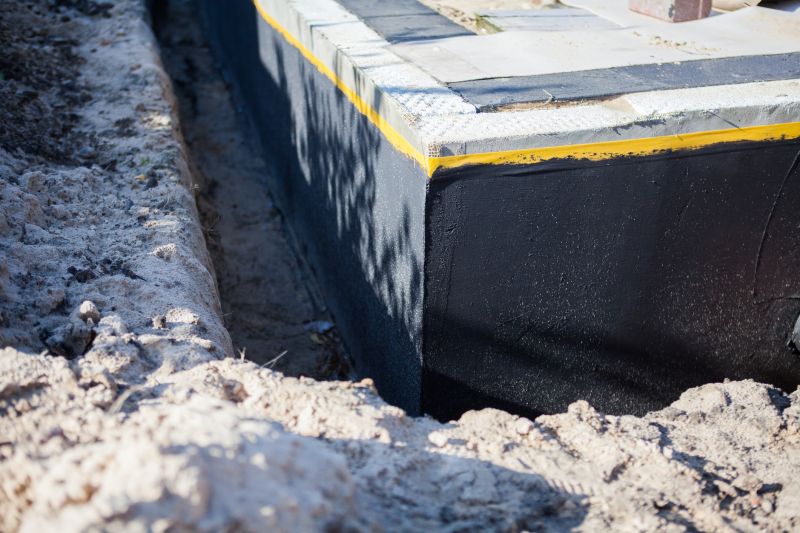
Ways to make Waterproofings work in tight or awkward layouts.
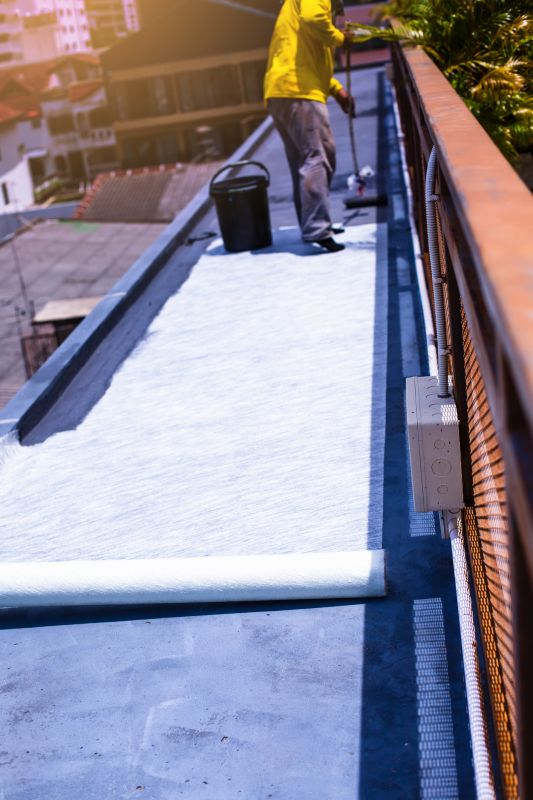
Popular materials for Waterproofings and why they hold up over time.
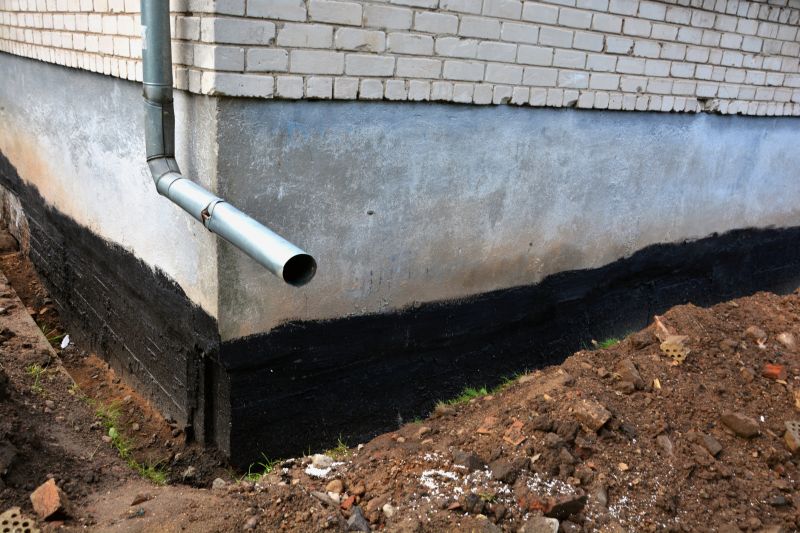
Simple add-ons that improve Waterproofings without blowing the budget.

High-end options that actually feel worth it for Waterproofings.
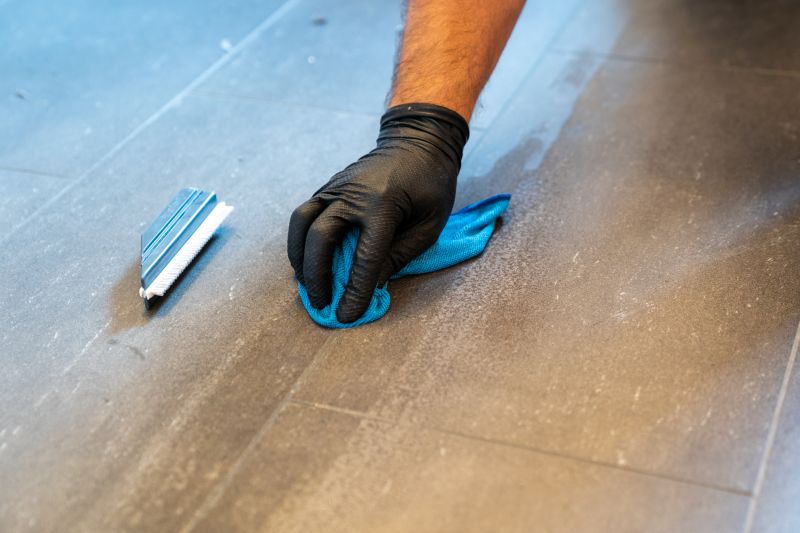
Finishes and colors that play nicely with Waterproofings.
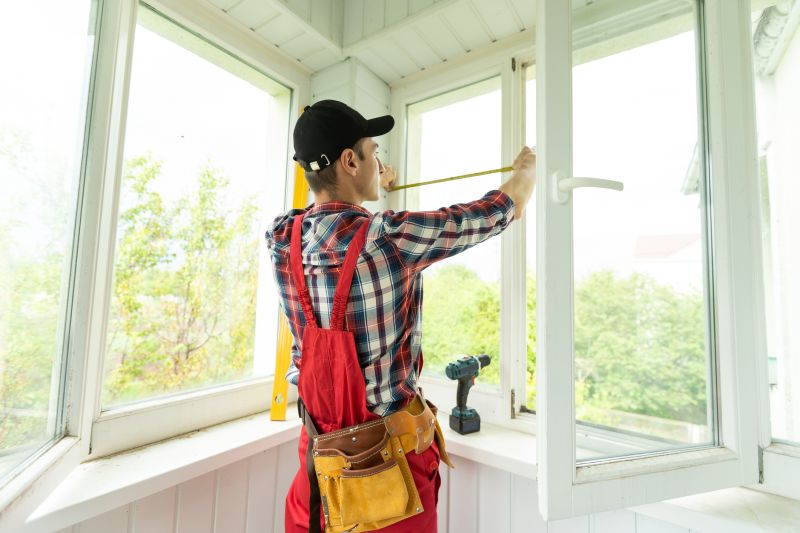
Little measurements that prevent headaches on Waterproofings day.
| Season | Ideal Conditions |
|---|---|
| Spring | Moderate temperatures, increased humidity, no heavy rain |
| Summer | Warm weather, dry days, avoid extreme heat |
| Fall | Cooler temperatures, dry conditions, before winter |
| Winter | Freezing temperatures, not recommended |
| Late Spring/Early Fall | Optimal for application and curing |
Waterproofings involve applying specialized membranes, coatings, or sealants to prevent water infiltration. They are essential for foundations, roofs, basements, and other vulnerable areas. Proper application during the right season enhances durability and reduces the risk of water damage. The effectiveness of waterproofing materials can be compromised by improper timing, exposure to extreme weather, or inadequate curing conditions.
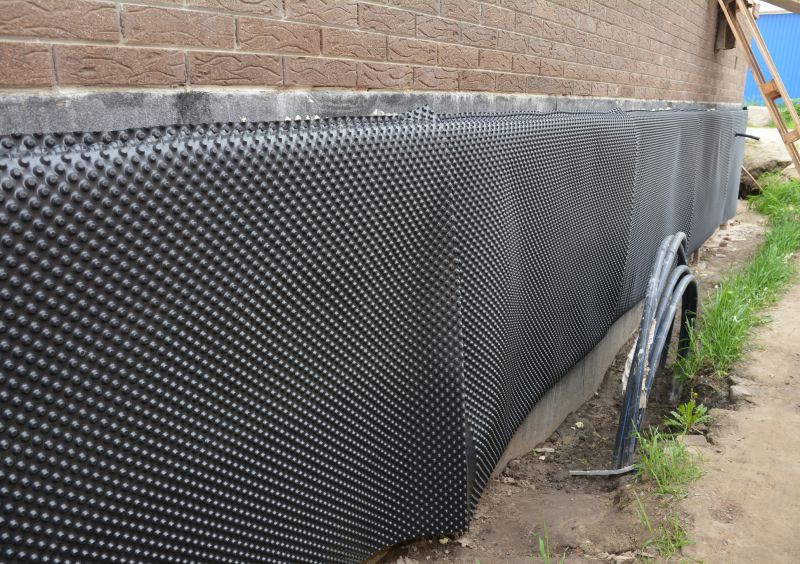
A 60-second routine that keeps Waterproofings looking new.

A frequent mistake in Waterproofings and how to dodge it.

Small tweaks to make Waterproofings safer and easier to use.
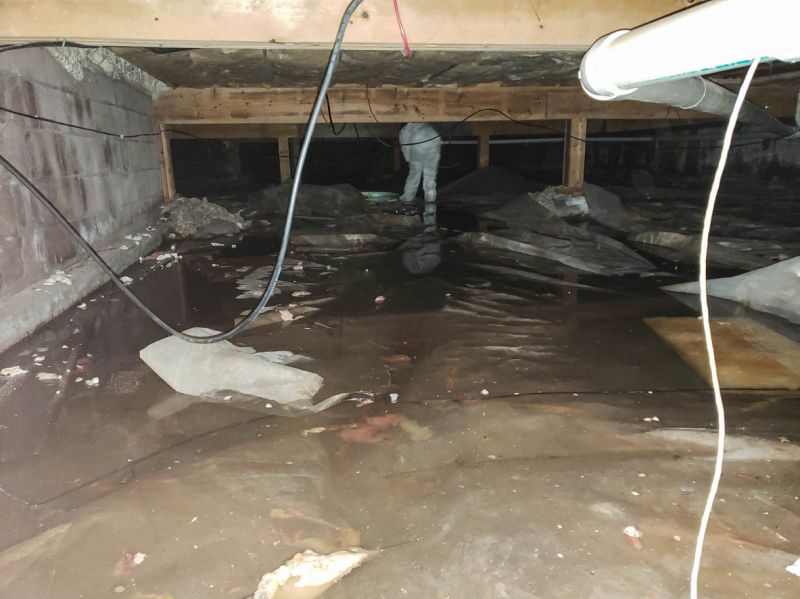
Lower-waste or water-saving choices for Waterproofings.
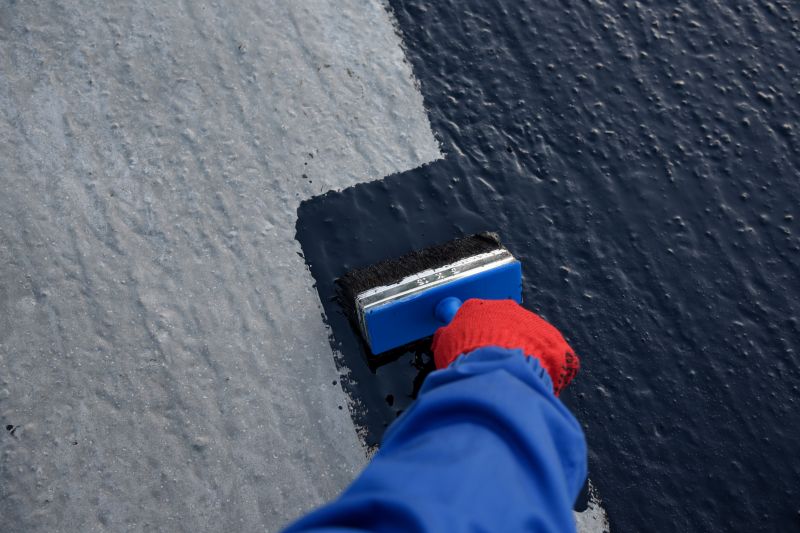
The short, realistic tool list for quality Waterproofings.
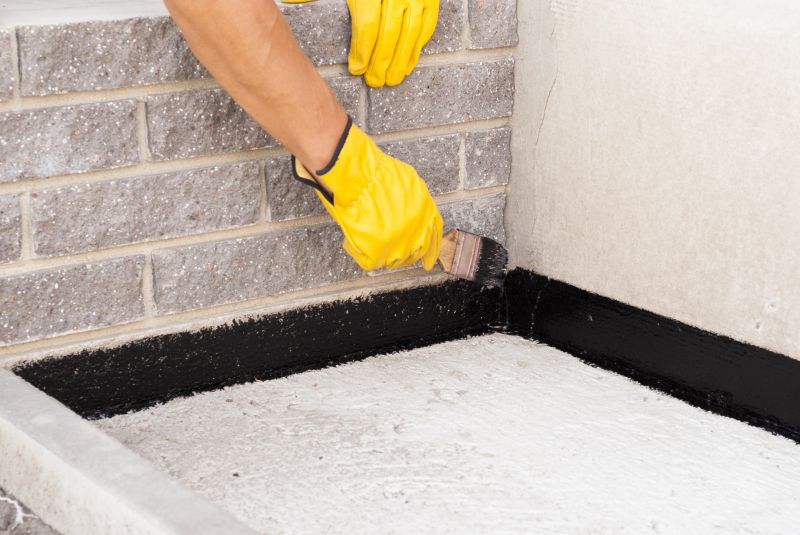
Rough timing from prep to clean-up for Waterproofings.
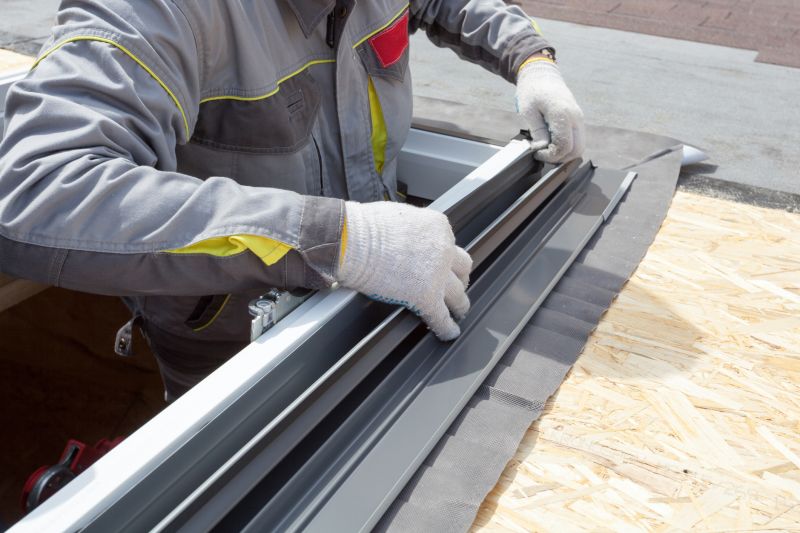
Quick checks and paperwork to keep after Waterproofings.
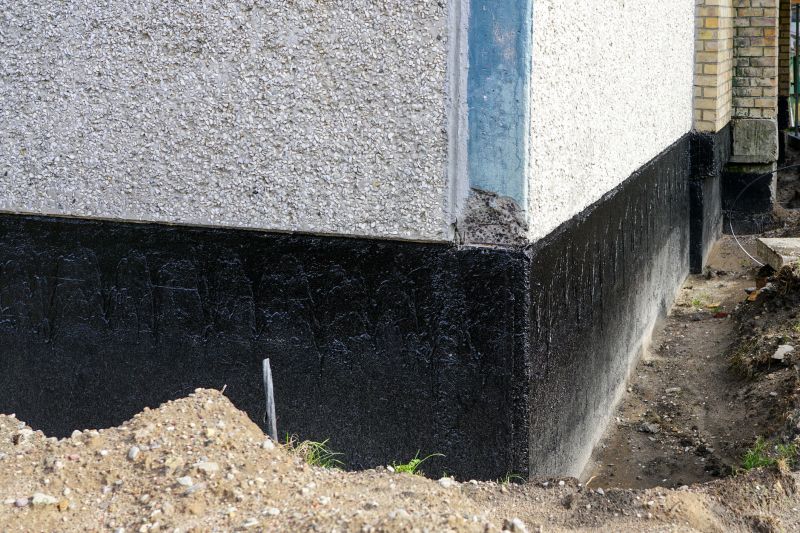
Examples that show the impact a good Waterproofings can make.
Choosing the right time for waterproofing depends on local climate conditions and specific project requirements. Proper planning and execution during the most suitable season can extend the lifespan of waterproofing systems and protect structures from water-related damages.
For assistance with waterproofing projects, fill out the contact form to connect with experienced professionals in Prior Lake, MN.



